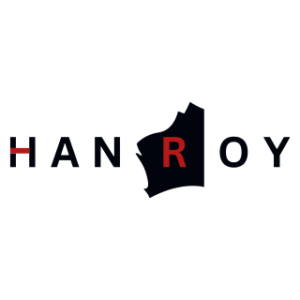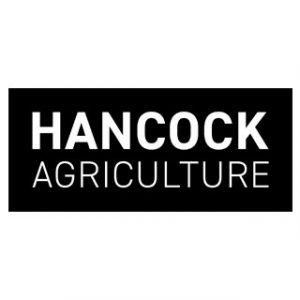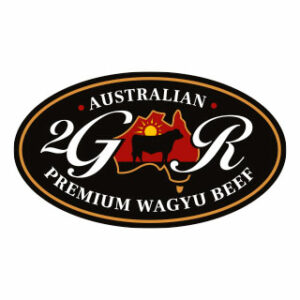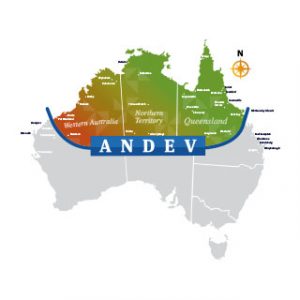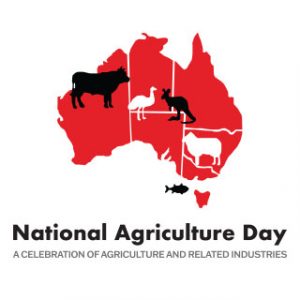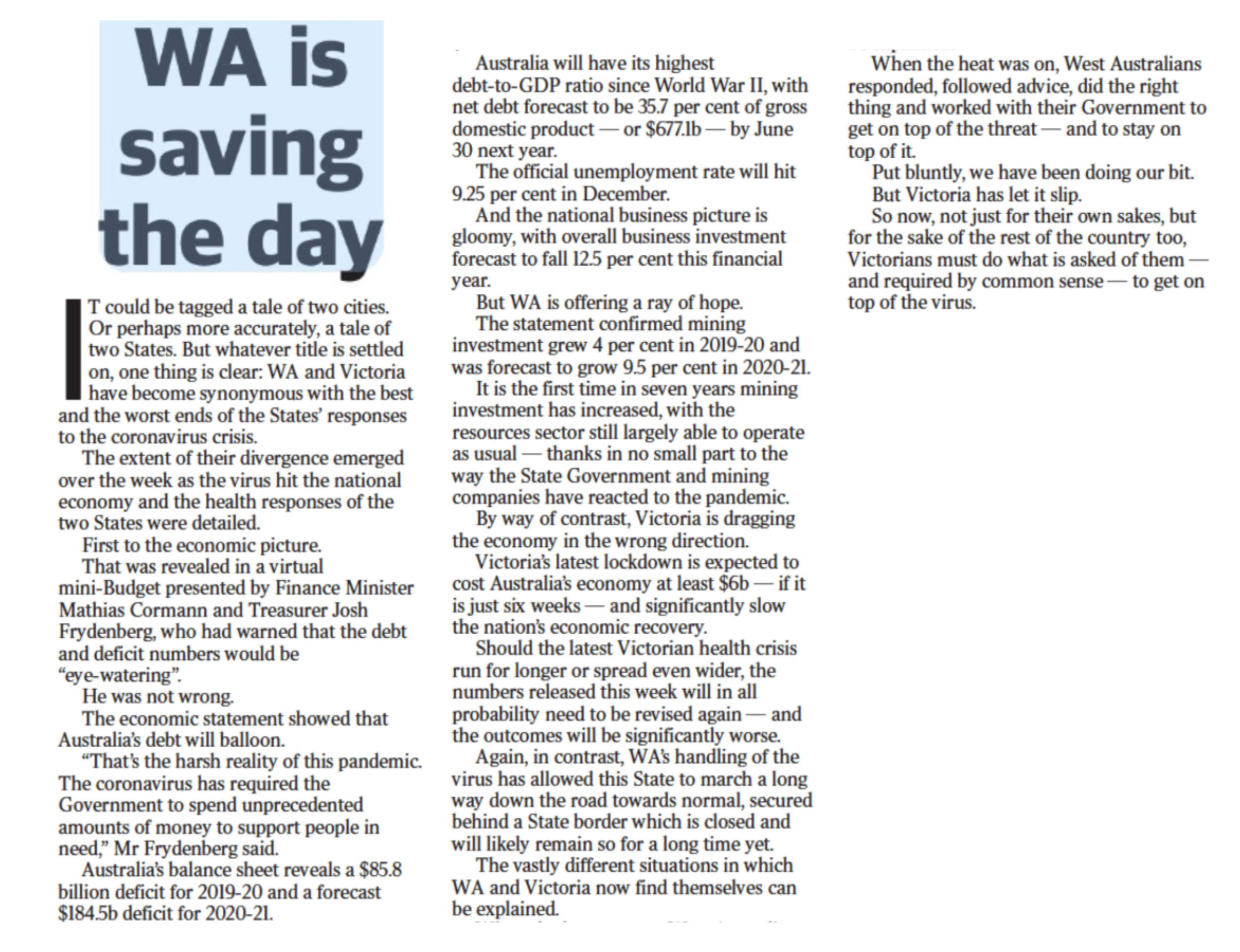
Article courtesy of the Sunday Times
IT could be tagged a tale of two cities. Or perhaps more accurately, a tale of two States. But whatever title is settled on, one thing is clear: WA and Victoria have become synonymous with the best and the worst ends of the States’ responses to the coronavirus crisis.
The extent of their divergence emerged over the week as the virus hit the national economy and the health responses of the two States were detailed.
First to the economic picture.
That was revealed in a virtual mini-Budget presented by Finance Minister Mathias Cormann and Treasurer Josh Frydenberg, who had warned that the debt and deficit numbers would be “eye-watering”.
He was not wrong. The economic statement showed that Australia’s debt will balloon.
“That’s the harsh reality of this pandemic. The coronavirus has required the Government to spend unprecedented amounts of money to support people in need,” Mr Frydenberg said.
Australia’s balance sheet reveals a $85.8 billion deficit for 2019-20 and a forecast $184.5b deficit for 2020-21. Australia will have its highest debt-to-GDP ratio since World War II, with net debt forecast to be 35.7 per cent of gross domestic product — or $677.1b — by June 30 next year.
The official unemployment rate will hit 9.25 per cent in December. And the national business picture is gloomy, with overall business investment forecast to fall 12.5 per cent this financial year.
But WA is offering a ray of hope.
The statement confirmed mining investment grew 4 per cent in 2019-20 and was forecast to grow 9.5 per cent in 2020-21.
It is the first time in seven years mining investment has increased, with the resources sector still largely able to operate as usual — thanks in no small part to the way the State Government and mining companies have reacted to the pandemic.
By way of contrast, Victoria is dragging the economy in the wrong direction.
Victoria’s latest lockdown is expected to cost Australia’s economy at least $6b — if it is just six weeks — and significantly slow the nation’s economic recovery.
Should the latest Victorian health crisis run for longer or spread even wider, the numbers released this week will in all probability need to be revised again — and the outcomes will be significantly worse.
Again, in contrast, WA’s handling of the virus has allowed this State to march a long way down the road towards normal, secured behind a State border which is closed and will likely remain so for a long time yet.
The vastly different situations in which WA and Victoria now find themselves can be explained.
When the heat was on, West Australians responded, followed advice, did the right thing and worked with their Government to get on top of the threat — and to stay on top of it. Put bluntly, we have been doing our bit. But Victoria has let it slip.
So now, not just for their own sakes, but for the sake of the rest of the country too, Victorians must do what is asked of them — and required by common sense — to get on top of the virus.


